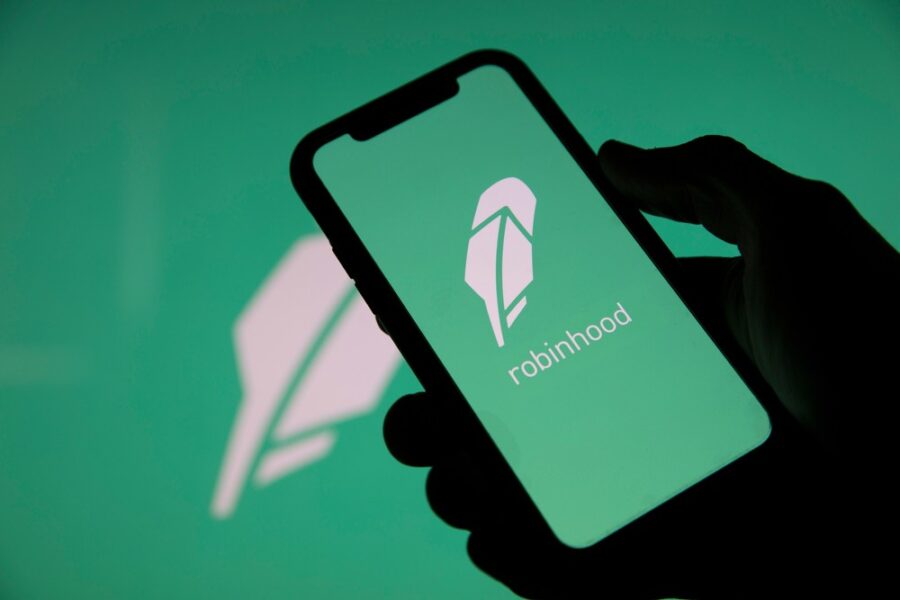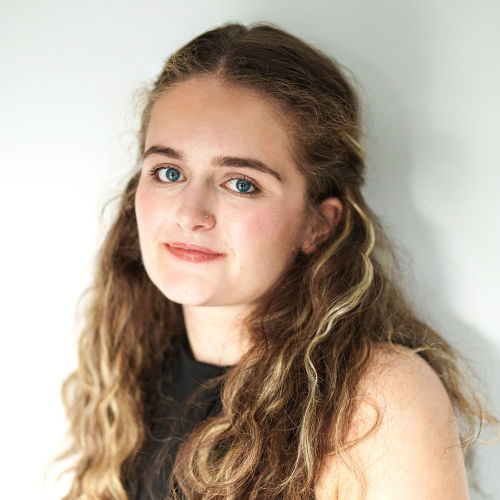Robinhood partners with Susquehanna to expand prediction market offerings

Trading platform Robinhood has announced it will expand its prediction market offerings through a partnership with global trading technology firm Susquehanna.
The partnership enables Robinhood to operate a Commodity Futures Trading Commission-licensed exchange and clearing house, with Susquehanna acting as a day-one liquidity provider.
Robinhood Vice President and General Manager of Futures and International JB Mackenzie said, “Robinhood is seeing strong customer demand for prediction markets, and we’re excited to build on that momentum. Our investment in infrastructure will position us to deliver an even better experience and more innovative products for customers.”
Additionally, the partnership will enable Robinhood to acquire a Commodity Futures Trading Commission-licensed Designated Contract Market, Derivatives Clearing House, and Swap Execution Facility, MIAXdx, which will retain a 10% equity stake in the exchange.
Financial technology company, Robinhood Markets, will serve as the controlling partner in the agreement and provide retail demand and distribution.
In its third-quarter earnings report for 2025, Robinhood Markets posted revenue of US$1.27 billion, a 100% increase from the same quarter in 2024, driven by trading activity in cryptocurrencies, options, and equities.
Abi Bray brings strong researching skills to the forefront of all of her writing, whether it’s the newest slots, industry trends or the ever changing legislation across the U.S, Asia and Australia, she maintains a keen eye for detail and a passion for reporting.
Verticals:
Sectors:
Topics:
Dig Deeper
The Backstory
How Robinhood’s prediction push gathered steam
Robinhood’s plan to deepen its prediction market footprint did not emerge overnight. The company spent the past year testing demand, plumbing and compliance pathways that now set the stage for a broader buildout with institutional backing. In March, the broker opened a dedicated prediction hub inside its app through its derivatives arm, initially routing trades to Kalshi, a Commodity Futures Trading Commission-regulated exchange. That rollout, timed to the NCAA basketball tournament, positioned event contracts alongside futures access and gave retail users a direct way to trade outcomes on sports, economics and politics. Robinhood framed the move as a compliance-first expansion that would avoid the most controversial topics while integrating a new product into its existing brokerage rails. The setup and early ambition are detailed in the company’s launch coverage of its prediction markets hub for March Madness.
The company quickly tested where customer interest was strongest. By late summer, it leaned into football, introducing short-dated markets around the start of the NFL and college seasons and signaling a longer-term plan to add weekly sports markets. Executives stressed that Robinhood’s approach would feel more like trading than traditional sports wagering, with prices shifting as buyers and sellers met on exchange. That strategy and the intent to become a one-stop shop for trading and investing were laid out in its announcement of NFL and college football prediction markets.
Those releases, bookending a busy spring and summer, created a foundation for today’s exchange-focused expansion. They also surfaced the regulatory edge cases around sports event contracts, which the CFTC polices as futures in the United States. Robinhood’s initial Super Bowl-themed push with Kalshi faced intervention from the agency, forcing a pause on sports listings even as non-sports markets continued. That history, captured in the March Madness launch story, helps explain why Robinhood is now investing in licensed market infrastructure and liquidity partnerships to control more of the product and compliance stack.
Regulatory chess: from U.S. hurdles to overseas options
The CFTC’s stance on event contracts has been fluid, with lines drawn around gaming versus hedging and public interest. In that context, Robinhood sought flexibility by talking to regulators abroad where prediction venues can fall under gambling rather than derivatives rules. The firm began exploratory discussions with the U.K.’s Financial Conduct Authority to map how a U.S.-style swap would be treated in London and beyond. Executives said the goal is to grow in a way that stays within local frameworks while steering clear of sensitive listings that risk reputational blowback. The overseas playbook, including an emphasis on compliance by jurisdiction, is outlined in reporting on Robinhood’s international ambitions.
That international optionality becomes more important as competitors test boundaries at home. Even when sports markets face scrutiny in the U.S., offshore or locally regulated versions may proliferate under gambling law. Positioning for either path requires infrastructure, licensing or partnerships that can translate across regimes. Today’s move to secure exchange and clearing capabilities advances that plan while keeping Robinhood tethered to U.S. market rules.
Build, buy or partner: the deal logic behind the pivot
Robinhood has openly weighed whether to acquire capacity, strike joint ventures or partner to accelerate prediction markets. Leadership said this fall that it is surveying targets while keeping a bias toward in-house engineering when it can ship faster and cheaper. The subtext: a market consolidating around a few regulated venues and liquidity providers could reward scale and tight integration between brokerage front ends, matching engines and clearing. That calculus was laid out in comments on pursuing growth via acquisition or joint venture, and it aligns with the current decision to bolt licensed market infrastructure to Robinhood’s distribution.
Part of the attraction is customer flow. Since the spring, Robinhood users were estimated to account for roughly one-quarter to one-third of daily volume on Kalshi, a sign of pent-up retail demand once the product is made turnkey in a popular app. Concentrating that flow on venues Robinhood can influence, while locking in day-one liquidity, is a way to reduce slippage, improve spreads and make the experience feel more like the company’s core options and equities businesses.
Momentum and money: what the numbers say
The market backdrop is supportive. Prediction venues have cycled through periods of political novelty into a broader set of tradable questions about inflation, entertainment and sports, with liquidity deepening as more retail investors experiment with event contracts. Rival platforms reported surging activity: in one recent month, Kalshi and decentralized competitor Polymarket saw about $1.4 billion in trading volume, according to coverage of industry-wide growth. Capital has followed. Intercontinental Exchange, parent of the New York Stock Exchange, disclosed a $2 billion investment in Polymarket, underscoring institutional interest in real-world event trading, that same report noted.
For Robinhood, the category is already material. Investor research cited by the company indicated sports betting and events contracts had generated about $200 million after its initial push, according to prior disclosures on performance. That tailwind showed up in the top line, where Robinhood posted sharply higher quarterly revenue on stronger trading in crypto, options and equities. It is now betting that purpose-built infrastructure and guaranteed liquidity can convert sporadic headline-driven interest into repeat usage.
Competitive map: politics meets crypto and media
This race stretches beyond brokerages and into media and crypto platforms looking to capture engagement. Trump Media & Technology Group, parent of Truth Social, announced it will launch a prediction venue called Truth Predict powered by Crypto.com’s CFTC-registered exchange. The plan is to trade outcomes on elections, inflation and sports, roll out in the U.S. first, then go global. The partnership tightens the link between social conversation, crypto rails and event contracts, and rides a broader upswing in prediction volumes tracked by analytics firms. The details are in coverage of Trump Media’s tie-up with Crypto.com.
For Robinhood, these entrants validate demand but also raise the bar on product breadth, speed and trust. Owning the exchange and clearing stack, or at least anchoring to them through equity and liquidity agreements, can be a moat if counterparties flock to the deepest, most compliant pools. It also creates room to iterate on contract design and listing cadence without waiting on third parties.
What to watch next
The next chapters hinge on three variables. First, U.S. regulatory clarity on sports-related event contracts will dictate how aggressively Robinhood can expand in the most popular categories. The company has already shown it will push into football when feasible, as seen in its NFL launch, but any durable offering requires CFTC alignment. Second, international progress could open parallel lanes under gambling oversight, per its talks with the FCA. Third, consolidation and partnerships will shape where liquidity concentrates. Robinhood’s earlier reliance on Kalshi for routing, covered in the March debut, may give way to a multi-venue strategy if it can control more of the market’s plumbing.
Against a backdrop of rising volumes, fresh institutional capital and a steady pipeline of marketable events, the company is positioning prediction contracts as another asset class in a familiar trading flow. The stakes are high: the right structure could turn episodic interest into a durable revenue line and reinforce Robinhood’s pitch as a unified platform for retail speculation across markets.





